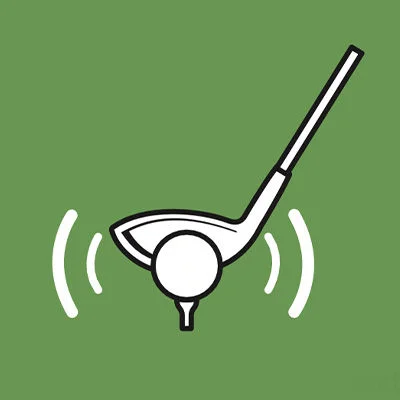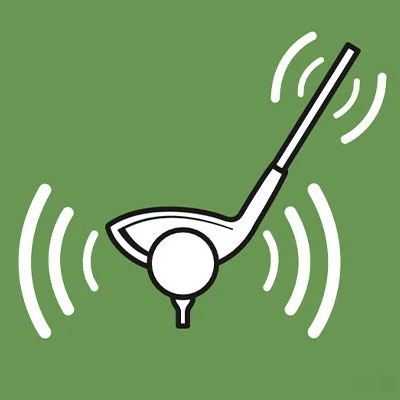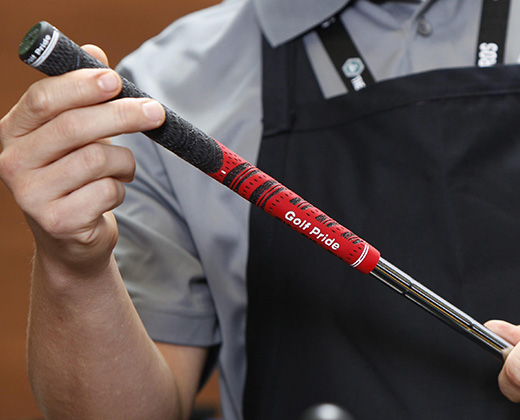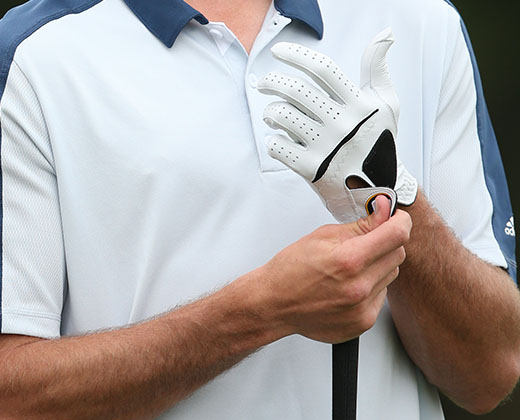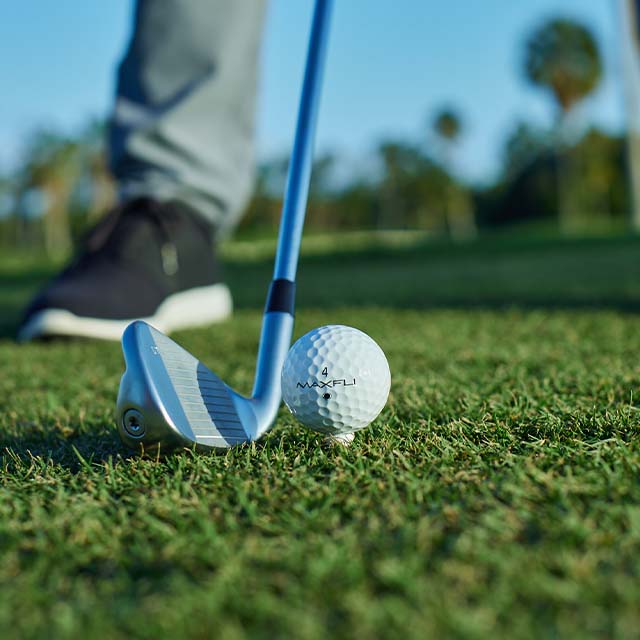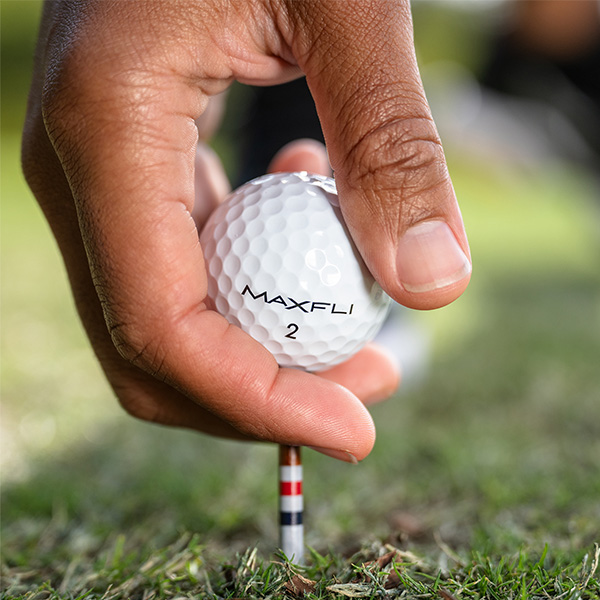Learn More About Golf Grips
Your golf grip is the only part of the club your hand comes in contact with—so don’t overlook its importance. Learn more about finding the grip that’s right for your game.

Think of your grip as the connecting point between you and your club. The material, size and texture matter.
Golf grips are made from a variety of materials but the majority of which are synthetic or natural rubber. Composite grip materials are also available. Materials, hardness, size and texture determine your grip’s playing characteristics.
Golf Grip Size
The size of your golf club grip is the key to performance. To determine the correct size, golfers should start with a standard size grip. Hold your club in the normal address position, and remove your right hand from the club (or left for left-handed golfers) and with the left hand remaining in the exact same gripped position, bring it up so that the fingertips are visible.
If the two center fingertips dig into the heel of the palm, the grip is too small. If the fingertips barely touch or just miss touching the heel of the palm, the grip is correct.
- Weights can range from very light (20 grams) to heavy (75 grams). The majority of standard playing grips lie in the 50 gram range.
- For golfers with larger hands, larger diameter grips are available or can be created through the build-up process.
- For golfers with smaller hands, such as women golfers and junior golfers, smaller diameter grips are available.
FIND BY GLOVE SIZE
GLOVE SIZE | GRIP SIZE |
Men’s Small Women’s Small/Medium | Undersize |
Men’s Medium Women’s Large | Standard |
Men’s Large | Midsize |
Men’s XL/2XL | Midsize or Jumbo |
How Golf Grips Affect Performance
The proper golf grip size allows the golfer to grip the club with the correct pressure, resulting in the proper release of the club through impact. A grip that is too small can cause a player to have too much wrist action, while a grip that is too large can cause a player to have limited or restricted wrist action.
Your Golf Grip Is The Correct Size If: Your middle and ring finer are slightly gapped to touching the heel of your palm.
Your Golf Grip Is Too Small If: Your middle and ring finger are digging into the heel of you palm.
Your Golf Grip Is Too Large If: There is a gap between your middle and ring finer and the heel of your palm.
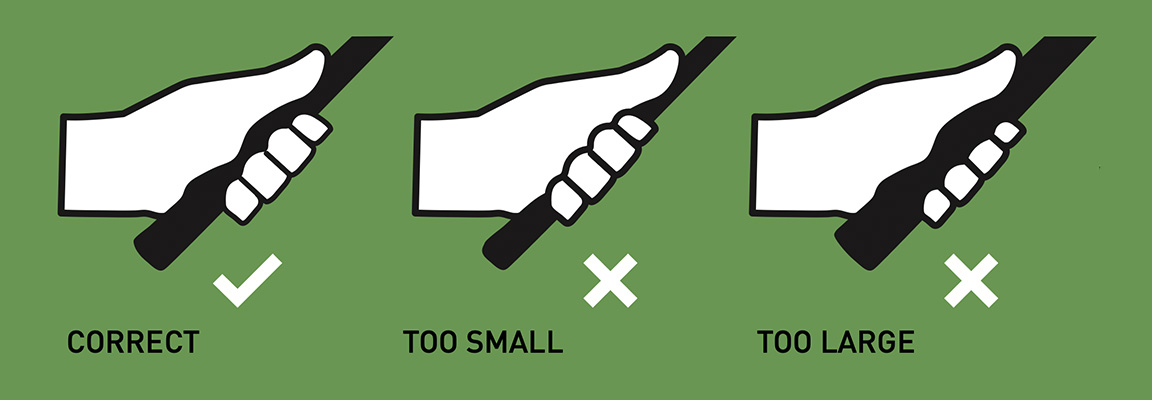
You now have the information you need to find a golf grip that works for your game. Still need some help? Our in-store experts can get you set with regripping services and more fine-tuning for your clubs.





